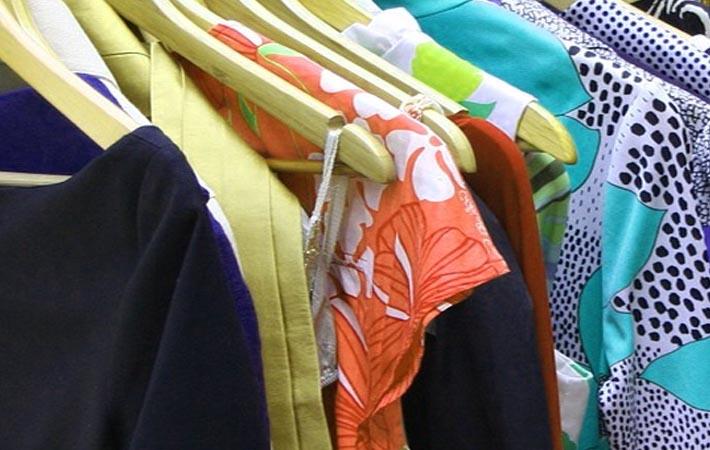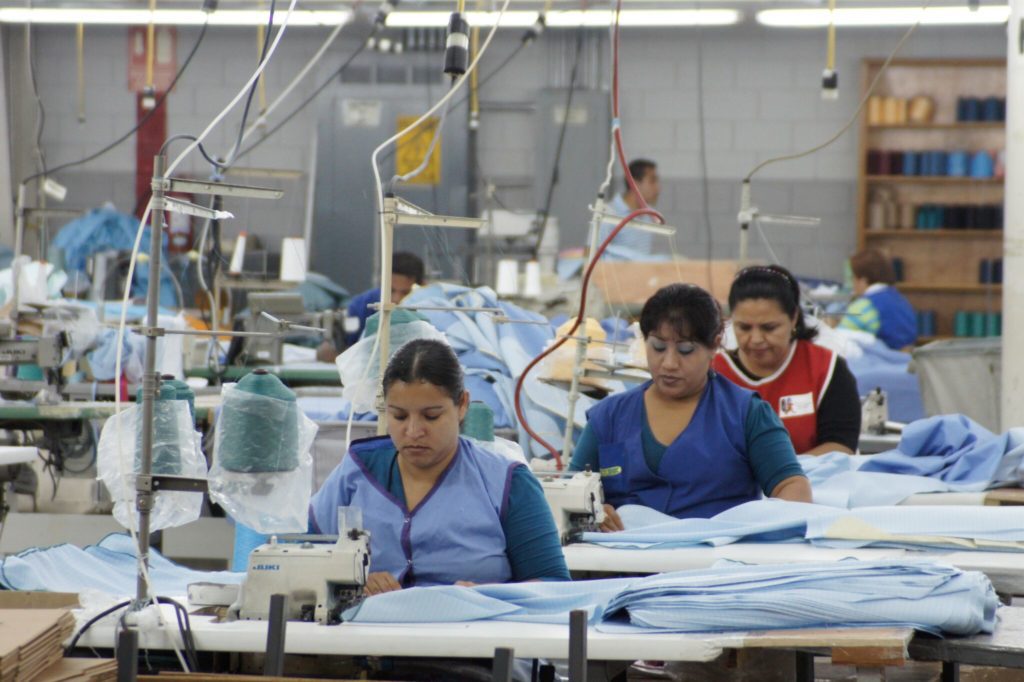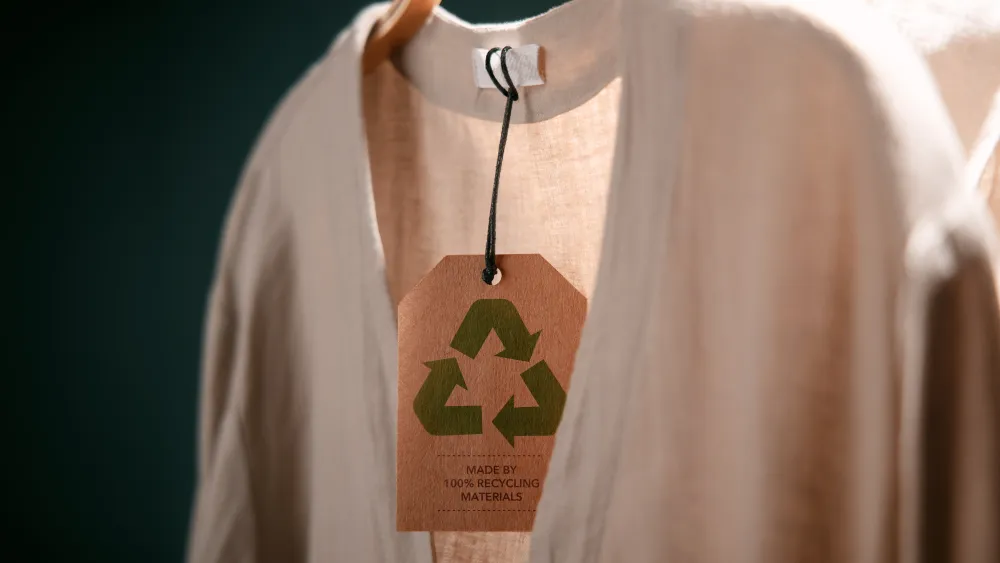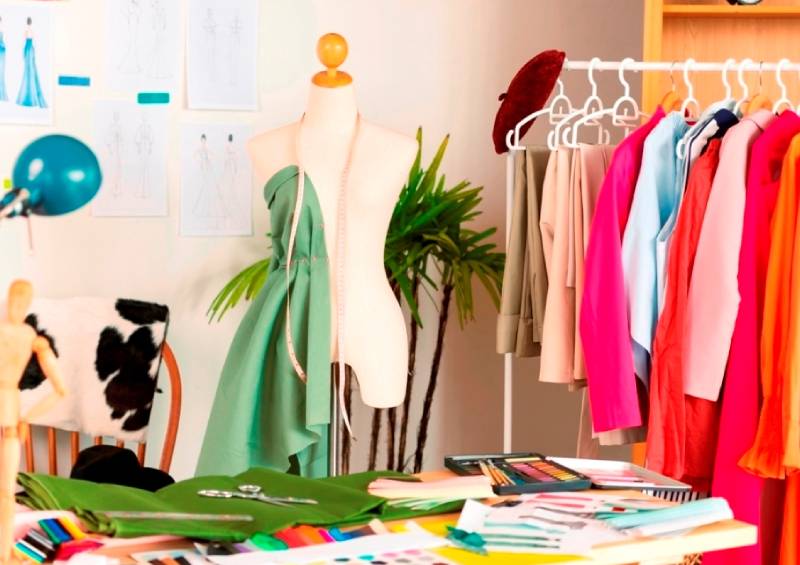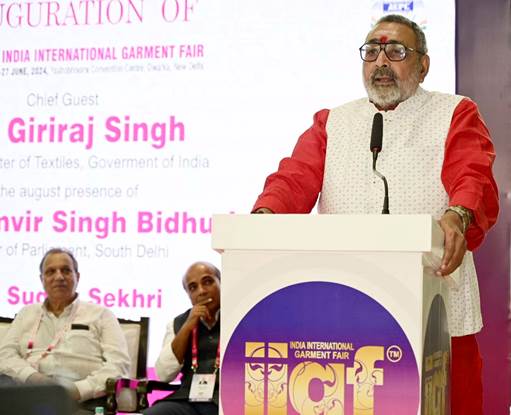FW
With low priced raw silk imports from China to India on the constant rise and negatively impacting the prices of cocoons and raw silk, Indian government has decided to extend anti-dumping duty on raw silk imports from China. The move comes after farmers requested the government to levy anti-dumping duty against China and also to support and boost domestic silk production.
China is the biggest exporter of raw silk to India accounting for almost 99 per cent of exported raw silk worth $224.5 million (Rs 1,351.9 crores) as of 2012-13. Raw silk imports from China grew at a compounded annual growth rate of 7 over per cent during the last 12 years from 2000-01. India had imposed anti-dumping duty on imports of Mulberry raw silk of 2A grade and below from China in January 2003, which remained in force until January 2008 and was then extended till January 2014.
Experts say, government needs to take steps to protect domestic silk manufacturing industry against cheap imports. According to them a periodic review of the anti-dumping policy is necessary to safeguard interests of both sericulturists and export manufacturers. There is a need to bridge a gap between the weaver cluster and raw silk production units. Investments in upgrading the segment and establishing R&D centers to empower the weavers with latest ways to increase silk productivity, quality and new designs.
The segment is estimated to provide employment to over 7.6 million people across 51,000 villages operating over 3.28 lakh handlooms and over 45,800 powerlooms with over 8.14 lakh weavers in the country.
The Association of Italian Textile Machinery Manufacturers (ACIMIT) plans to conduct a seminar for Russian manufacturers to share information about the Italian textile machinery technology. Around 13 Italian companies will participate in the technology seminar, including ACIMIT associate members such as Aigle, Bellini, Bianco, Color Service, Ferraro, Itema, Marzoli, Savio and SSM Giudici. The seminar is being organized at a time when Russian authorities have initiated pilot projects designed to modernise existing technology and enhance the offering of products available in the local market. The seminar would provide a platform to both the countries to further reinforce their existing relations between Russian textile producers and Italian technology suppliers.
It may be recalled that ACIMIT had recently published the second edition of Green Guide which gives a summary of the actions taken by Italian textile machinery firms in the field of sustainability, in terms of savings resources used during the textile production process. ACIMIT represents an industrial sector comprising around 300 companies and producing machinery to an overall value of €2.3 billion, with exports amounting to 84 per cent of total sales. To promote the Italian textile machinery knowledge throughout the world, ACIMIT organizes a wide range of promotional activities such as exhibitions, technical seminars, missions in Italy and abroad, and so on in collaboration with ICE (Italian Trade Commission).
The trade war between the US and China has opened up a big opportunity for India to increase exports of manmade textiles. India’s manmade fiber exports have been stagnating for the past four years. Exports grew by a marginal 1.9 per cent in fiscal ’19. The trade war has opened up an opportunity, which can help stagnant exports grow by ten per cent to 12 per cent in one-and-half years.
On the other hand, China exports $7 billion worth of manmade textiles to the US. Even if India manages to grab a portion of these exports, and manage to grow by ten per cent, the $6 billion manmade textile exports can move up to $6.6 billion. However to do this the industry needs support. Countries like Vietnam and Bangladesh have signed free trade agreements and preferential trade agreements with some of the key markets like the US and the Europe. Indian industry does not enjoy these benefits. An inverted duty structure for the import of raw materials and finished products is one of the main factors that impede the production and exports of manmade textiles. While raw materials attract an import duty of around 18 per cent, finished products attract only five per cent. Duty-free import of apparels from Bangladesh has been rising in recent months.
South Africa's garment and textile industry is gaining stability. The sector has stemmed job losses by 66 per cent between 2010 and 2013. The textile sector has achieved a lot in saving jobs due to decisive government support and trade unions’ campaigns to save jobs. The government’s incentives and subsidies have helped. The Clothing and Textile Competitiveness Improvement Program has dramatically assisted clothing and textile firms to upgrade plant and equipment and technology.
However, cheap textile imports still plague the sector. More than one third of all fabrics imported into South Africa are cleared free of duty either under free trade agreements or by way of the duty free rebate system. While the nominal duty on fabrics is 22 per cent, the average duty paid on fabric imports into South Africa is 10.8 per cent.
The government has introduced a system of reference pricing to stop dumping. And last month Parliament reformed South Africa's Customs Control Act to increase controls on illegal imports. The South African Revenue Service has declared the garment and textile industry a strategic sector, which means imports will come under special scrutiny, to root out smuggling and piracy. South Africa’s main export is raw wool fiber and its key export markets are: China and Italy.
ITMA, the world's most established textile and garment technology exhibition, has become the headline sponsor of Future Materials awards. The awards will be presented on November 26, 2014, on the eve of the eighth Aachen-Dresden international textile conference. The awards were launched by World Textile Information Network, publisher of the international technical textiles magazine Future Materials. The mission is to recognise success in textile innovation and celebrate the essential work of the many businesses which support the industry.
Future Materials awards are open to all end-use sectors for technical textiles as well as materials experts, product developers and designers. They celebrate winners in 21 categories, including the best innovations in sportswear, protective textiles, industrial textiles and medical textiles. There will also be awards for groundbreaking partnership development, best start-up company and a lifetime achievement award.
The European Committee of Textile Machinery Manufacturers (CEMATEX) comprises national textile machinery associations from Belgium, France, Germany, Italy, Netherlands, Spain, Sweden, Switzerland and the United Kingdom. CEMATEX is the owner of the ITMA exhibition. ITMA has a 64-year history of displaying the latest in machinery and software for every single work process of textile making. It is held every four years in Europe. ITMA 2015 will take place November 12 to 19, 2015, Italy.
www.itma.com/, www.futurematerialsawards.com/
Made in France 2014 to be held from April 9 to 10 in Paris is devoted to high-end apparel and accessories manufacturing. The event would be showcasing French high-end manufacturing expertise, skills, craftsmanship and industrial techniques. The 12th edition of Made in France will bring together a handpicked selection of around 100 specialist companies from garment manufacturers to weavers, including those awarded with the French government’s Entreprises du Patrimoine Vivant (‘Living Heritage Company’) quality label for luxury ready-to-wear and accessories.
The exhibition is a platform for fashion designers and heads of collections on the lookout for textiles and fabrics, manufacturing solutions and related services for high-end and luxury apparel and fashion accessories. Organised for the first time under the PV Manufacturing umbrella, following Première Vision’s acquisition of the show last September, the exhibition this year boasts of 99 exhibitors (up 8 per cent on April 2013) and an exhibition area that is almost 15 per cent bigger compared to last year.
The event would have exhibitors showcasing new valuable, sought-after expertise including trimmings as well as horn, bone, wood, metal and ribbon craftsmanship, and unique craftsmen like sculptors, engravers, bead- makers, jewellers and finishers. The area is also expanded to include a bigger leathers section. Talents, services and expertise from France’s regions like embroidery from Cambrésis, manufacturing solutions from the Loire, silk-screen printing from Champagne-Ardennes, finishing techniques and silks from the Rhône-Alpes region would be available during the event.
Made in France turns the spotlight on specialist skills, expertise and industrial techniques which help turn designers’ vision into reality. Several seminars and talks are organised like a two-part talk addressing current industry issues.
The United Kingdom will launch three projects in Bangladesh to help improve working conditions and safety standards for readymade garment units. One project is aimed at helping all levels of staff, factory owners, management, supervisors and workers to work together to improve working environment and productivity, address issues such as fire safety, absenteeism, working hours, take-home pay and efficiency.
The second project would provide training for middle management to improve knowledge and understanding of labor and safety standards, and how to apply these in their garment factories. The third would focus on improved healthcare and training nurses who work in factory clinics to increase the range of services they provide and provide advice to workers. The aim is to enhance the competitiveness of garment factories as a healthier workforce helps factory performance.
The British funding is worth £1.8 million pounds. Factory collapses and fires have put the spotlight on working conditions in the country’s garment industry. Bangladesh’s garment sector remains vital to poverty reduction. It is worth over £13 billion, and provides over four million jobs for people, 70 to 80 per cent of whom are women. The garment industry supports a further 25 million people.
Intertextile Shanghai Apparel Fabrics-Spring Edition 2014 which took place from March 3 to 5 saw a huge increase in the number of overseas and Chinese buyers. Over 40,000 visitors were reported, a 60 per cent increase compared to the 2013 edition which was held in Beijing. The fair spread over 50,000 sq. mtr and three halls of the Shanghai World Expo Exhibition and Convention Center. Visitors came from 91 countries and the top five overseas buyer countries, excluding Mainland China, were Korea, Hong Kong, Japan, India and the US.
Exhibitors felt that the move to Shanghai was good for business since many trading companies and end-buyers have offices in Shanghai and so do many European and American textile brands. Overseas buyers were also pleased with the added convenience of textile factories in Shanghai and surrounding areas.
Domestic exhibitors say the quality of domestic exhibitors in Shanghai is better because most of them are focused on exports to Europe, the US and Japan. With mixed economic news coming out of China over the last year, exhibitors were pleased to discover that Chinese customers continue to appreciate quality and fashionable products, for which there is increasing demand.
Next year’s spring edition will be held from March 18 to 20, 2015, at a new venue in Shanghai, while the autumn edition will be held from October 20 to 23, 2014, also in Shanghai.
https://www.messefrankfurt.com/.../intertextile-shanghai-apparel-fabrics-
The Global Organic Cotton Community has called for an Organic Cotton World Day. It feels the benefits of organic cotton should be better communicated to consumers, as consumers still do not know about the chemicals used in cotton production and do not make the link between organic food and organic cotton.
One suggestion is, consumer habits should be driven by clothing companies and this can be done by re-engineering the value chains and product offerings. Some brands now produce their collection exclusively with organic cotton, thus making their consumers buy organic and opening the idea of organic to them.
The Global Organic Cotton Community platform was created for members of the global organic cotton community to share conversations, knowledge and information about organic and fair trade cotton.
In 2008, Helvetas (the Swiss Association for International Cooperation) and ICCO (Dutch Interchurch Organisation for Development Co-operation) intensified their collaboration in the area of organic and fair trade cotton. They felt the need to have additional tools and processes to exchange views, opinions and experiences, both among themselves and with other people working in the organic cotton sector. So they decided to establish and run a web platform. The web platform went live in June 2009.
www.organiccotton.org/
Global fashion giants routinely source cellulosic fibers including rayon and viscose from endangered forest regions. Environmental organization, Canopy is working to create awareness about this problem. It aims to tackle supply chain transparency in sourcing fibers. Canopy has shown how fibers from threatened forests are routinely being used in rayon, viscose and modal fibers. These fibers are used in suit linings, dresses, skirts and T-shirts. It warns that the dissolving pulp or viscose industry is poised for continued ambitious expansion and poses an increasing risk to threatened forest ecosystems around the world. It feels, commitments by brands will help curtail the problem and build solutions.
Companies like H&M are supporting this initiative. H&M wants to play a strong role in ensuring a future for the planet’s ancient and endangered forests. It is committed to exploring its supply chain and doing its utmost to avoid these fabrics within the next three years. It is taking additional steps of encouraging leaders throughout the supply chain to support conservation in endangered forests and use alternative inputs, for example, recycled clothing.

